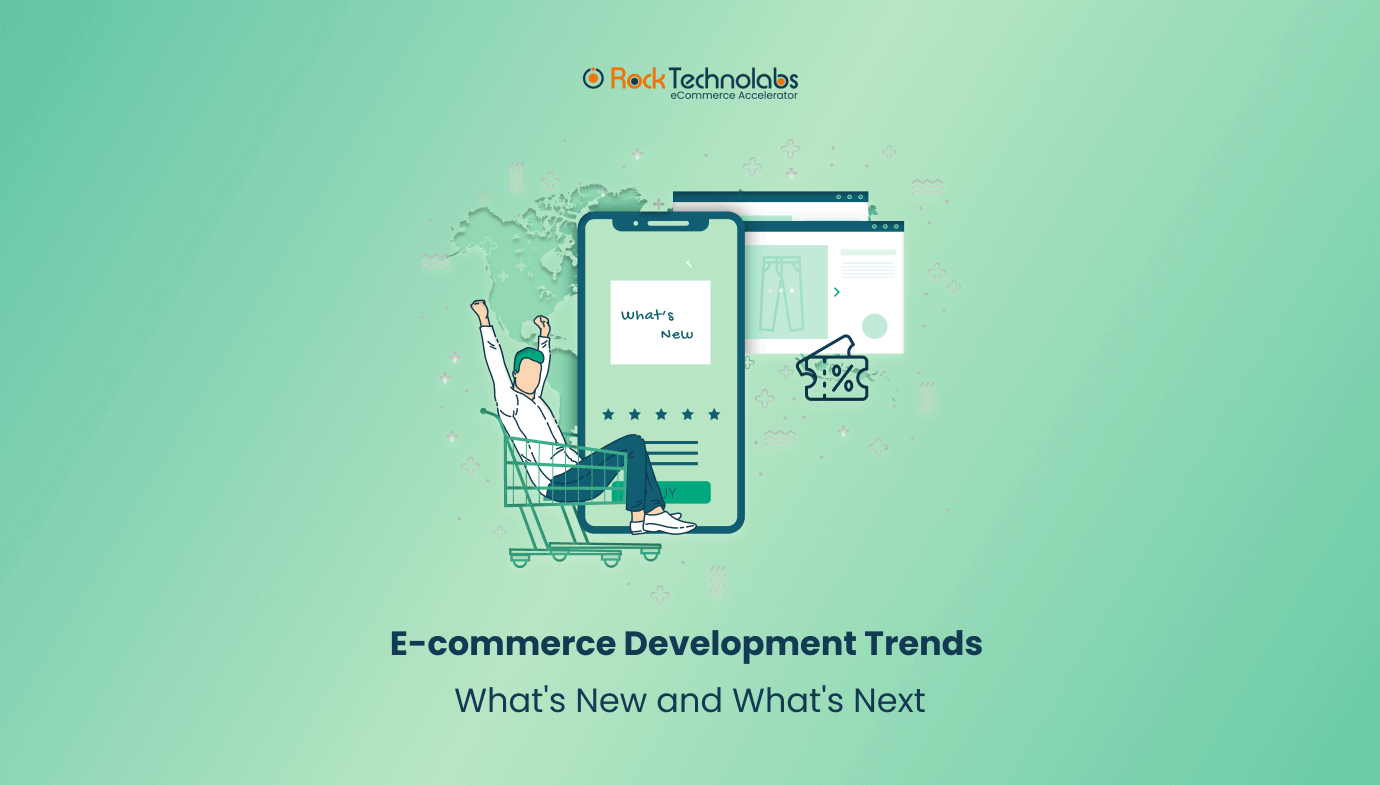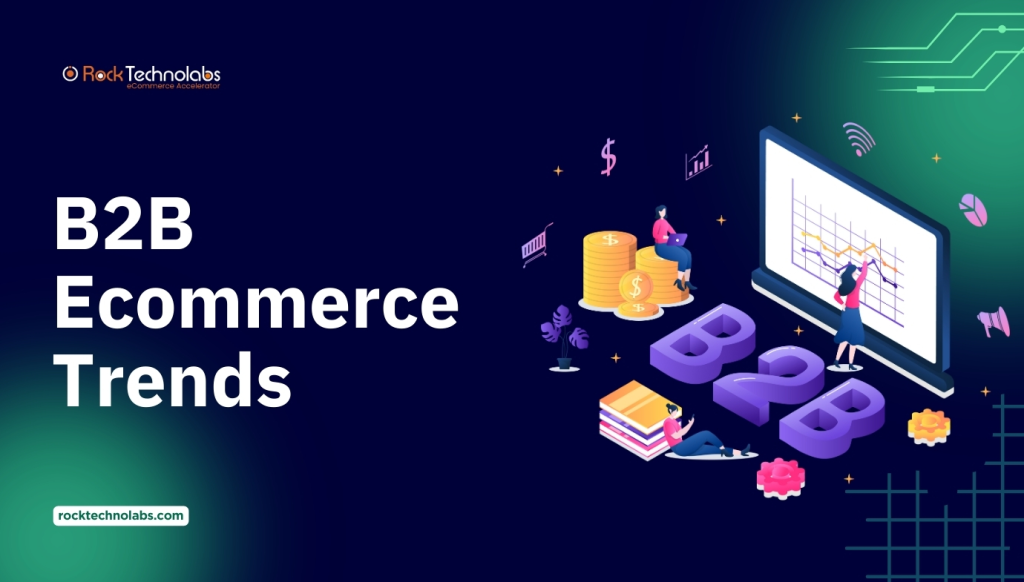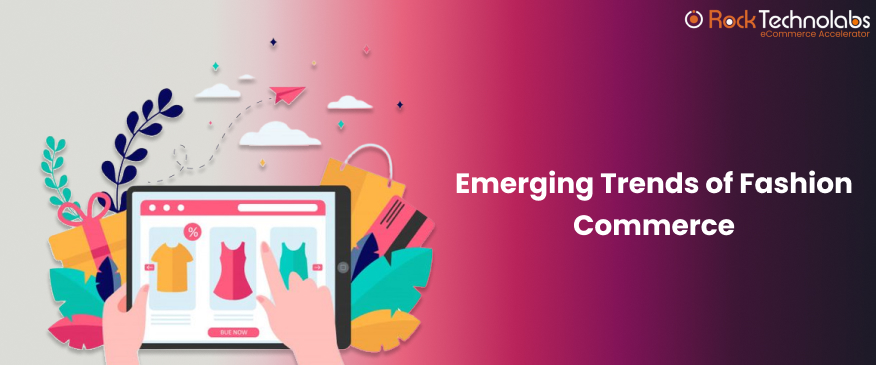2023 nears the end, but the e-commerce business still showcases its prominence in the market. There has been a rapid change in the global eCommerce industry. To remain competitive, online businesses must keep up with eCommerce trends and shifting consumer demands. Shopify is one of the most in-demand e-commerce platforms that opens doors of opportunities for online businesses to drive Growth.
A variety of factors influence E-commerce trends in the way consumers shop. They buy what businesses sell and how businesses market to them. In the last decade, several new trends emerged with profound implications. Several e-commerce giants, such as Amazon, Walmart, and Alibaba, have capitalized on such trends.
Staying on top of leading development trends is not enough; you need the best Shopify development services to work on your store design and make the most of the business sales.
Take a look at the latest E-commerce Development trends that will continue to grow in the years to come.
Innovative E-commerce Trends for 2024 and Promising Growth
The new year brings new strategies, innovations, and adaptations. 2024 will certainly set a high standard. As consumer behavior and expectations change, businesses in the eCommerce industry will need to rethink their strategies. As an online generation gains more ground yearly, sales and marketing teams must adapt to evolving eCommerce trends. What’s hot in eCommerce in 2024? Let’s put it forward!
A rise in voice searches.
With voice assistants on smartphones, home smart hubs, and even TV remote controls, things have changed a lot. It is no secret that voice search is becoming more popular and directly impacts search results and shopping outcomes. Ideally, e-commerce sellers should be aware of changes in search to optimize their future sales. Ensure your e-commerce site is mobile voice search-optimized by focusing on information consumers will likely ask for, such as your website, telephone number, and address.
Social Commerce
A key component of eCommerce is social commerce. Social stores and shoppable posts are increasing in popularity, but now is the time for companies to take social selling to the next level.
The popularity of social media as a search engine comes as no surprise. With hashtags, brands can index their brand and product using relevant keywords like Google. Having a visual strategy is what makes social commerce stand out. As a visual search engine, social media allows you to stand out with creativity and originality.
Customers who are conscious and sustainable
Brands no longer have a monopoly on sustainability. Various economic, cultural, and social changes are shifting the focus in many countries worldwide toward making environmentally friendly products.
Amazon has pledged to make sustainable choices, and other eCommerce companies are likely to follow suit as humans attempt to decrease waste and save the environment. With 65% of buyers seeking sustainable brands, green consumers can also exercise their purchasing power.
A new era of drone delivery is here.
Some of you may have heard about it or even seen a video. Drone delivery has never been mainstream yet. It is still in the testing stage. However, it is finally making an appearance now. Many companies plan to introduce drone deliveries in 2024.
The development of drone deliveries is in the advanced stages at companies like UPS, Amazon, and Domino, so it’s only a matter of time before drones become the norm.
Shopping on mobile devices accelerates.
One of the most notable trends in mobile commerce has been its rapid Growth. Mobile sales totaled $982 billion. This number is expected to more than double by 2024, accounting for 60% of retail e-commerce sales. $3.4 trillion is expected to be generated by mobile commerce by 2027.
It’s necessary to pay attention to these numbers. Mobile e-commerce offers businesses a huge opportunity to improve the shopping experience.
The increased use of mobile devices has contributed to ecommerce growth. Rather than just making purchases online, consumers use their mobile devices to research or browse before deciding.
Increased online shopping trust makes consumers more likely to shop on their mobile devices.
The future is personalization.
It is essential to provide customers with a personalized shopping experience so they remain loyal to your brand. Four in ten consumers say they would likely become repeat customers if a retailer offered personalized experiences.
To improve online shopping experiences, e-commerce sites invest in website personalization tactics. Email personalization can be achieved by personalizing messages sent out by e-commerce or providing consumers with the right information.
Personalized customer communication, relevant discounts, and engaging with customers using video content will boost customer loyalty and improve the shopping experience.
AI Automates Ecommerce Marketing
With artificial intelligence, ecommerce brands are automating marketing processes in new ways.
There is no doubt that this trend will continue. Almost $6.5 billion is expected to be generated by 2030 by AI writing tools alone.
Customer Experience Is Improved With AI
According to a recent survey, 92% of consumers are more likely to buy again after experiencing a positive customer experience. Consumers have made purchasing decisions based on the quality of customer service a brand provides nearly 80% of the time. When consumers receive poor customer service, 40% say they will stop buying from the brand.
By leveraging AI, e-commerce businesses can offer customers better online experiences while reducing customer support costs.
New Payment Methods Emerge
Conventional payment methods must be updated with the rise of mobile payments and digital wallets. To provide their customers with a seamless and secure payment experience, e-commerce businesses should stay updated on payment trends.
Various payment methods, such as cryptocurrency and buy now, pay later, have become increasingly popular, offering consumers more convenience and flexibility.
Live Shopping Will Increase
Streaming live events is becoming increasingly popular. According to statistics, by 2027, the global live-streaming market is predicted to reach $184.3 billion.
It is not limited to events. Furthermore, it may be extremely useful when shopping online. Witnessing your products in real-time provides your clients with another type of social proof. Additionally, it can enhance the general consumer experience by allowing them to ask questions.
E-commerce growth across borders
In the future, cross-border e-commerce will be another trend shaping the e-commerce industry. Consumers are increasingly willing to purchase products from international markets, which will grow cross-border e-commerce exponentially. Several e-commerce companies have contacted various regions worldwide and adapted to their needs. Adapting e-commerce strategies to the specific needs of individual markets is becoming increasingly important as the e-commerce industry evolves.
The future will likely see significant Growth for e-commerce platforms prioritizing cross-border e-commerce.
More and more big brands and retailers are employing AR & 3D product configurators to let customers edit and see their personalized products in real-life. Hence, it boosts shopping experience and conversion rate.
Buy Now Pay Later
Buy Now Pay Later is a unique technology trend for 2023 that is hyped in the e-commerce industry. Buy Now Pay Later makes high-value products more affordable and accessible through easy, interest-free installments. There is no need to pay upfront or use traditional credit cards. Just a few clicks are required for customers to select the Buy Now Pay Later option at checkout.
Conclusion
Companies must stay on top of the rapidly evolving e-commerce industry to remain competitive. By keeping up with these trends, e-commerce companies can ensure that they remain competitive in the market and meet the needs of their customers. To prosper in 2023-2024 and beyond, e-commerce firms must leverage technology, offer a seamless shopping experience across all devices, and provide a sustainable business model. To strengthen the root of your online store, you need to work on your store design. To get the best of it, you must Hire Shopify developers and get noticed.












